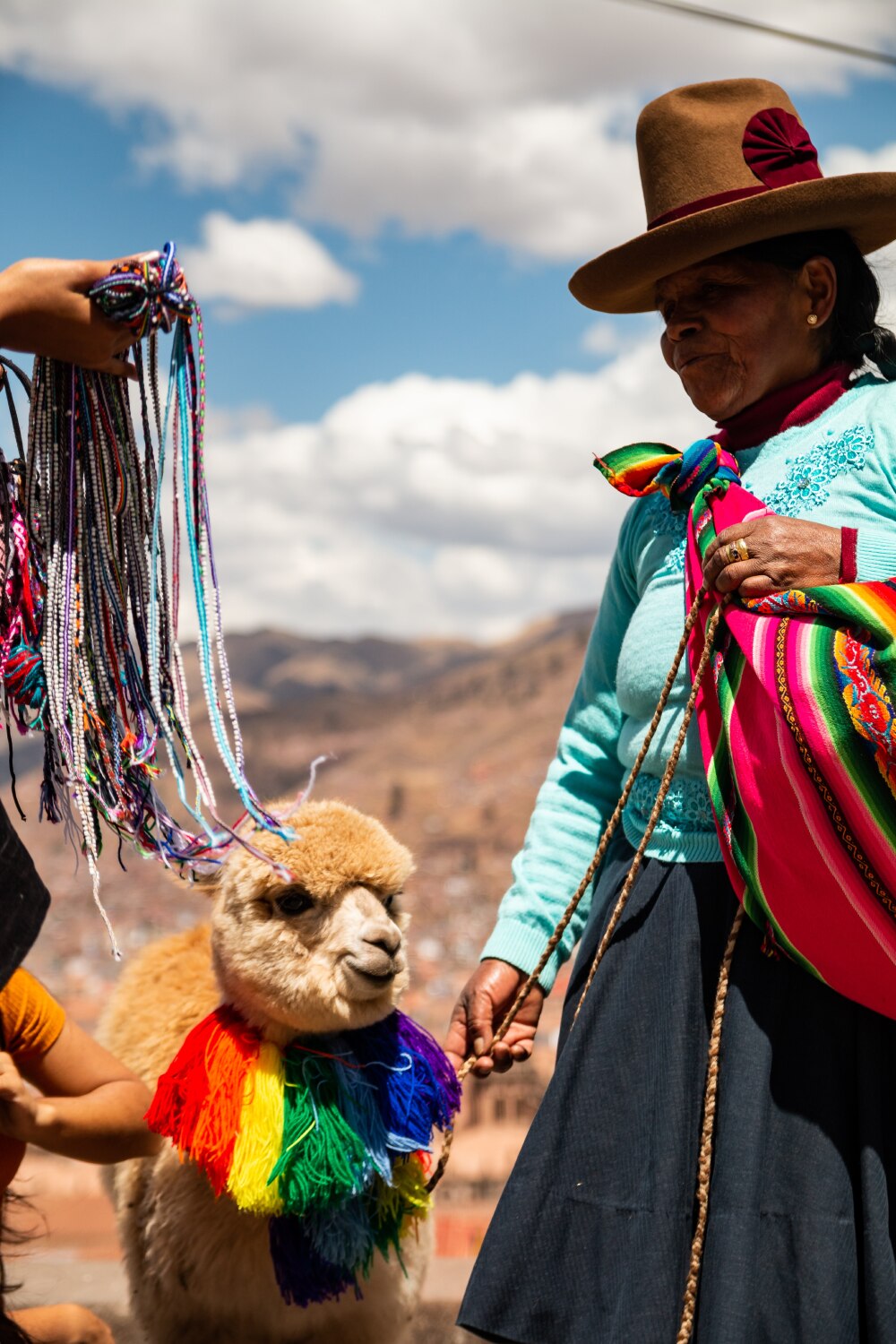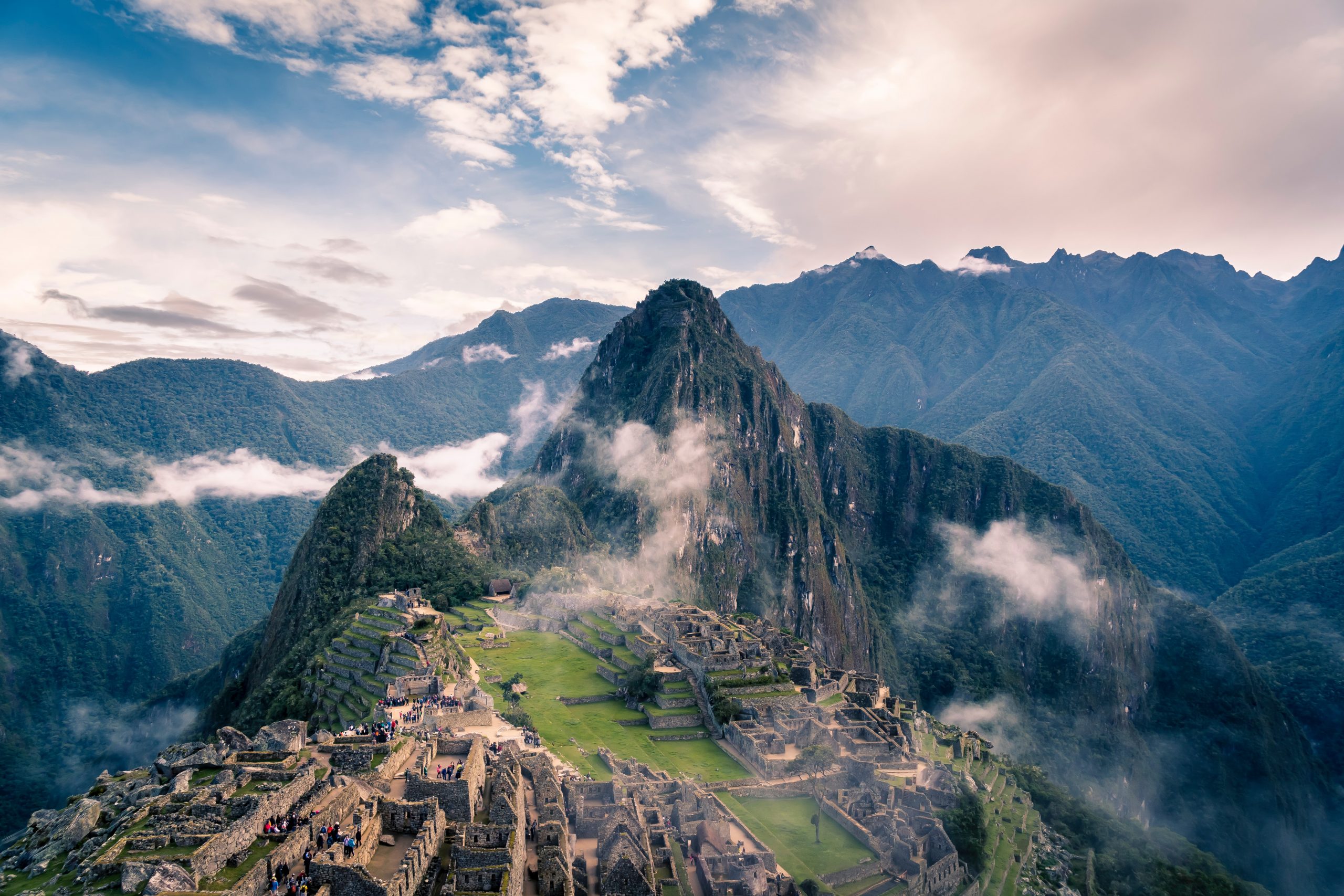Are you planning a trip to Peru? Have you been researching and have questions about what to expect? Then you’ve come to the right place! In this blog post, we’ll provide the answers to the top 10 most frequently asked questions about Peru.
From what to pack to the best things to do, you’ll find all the information you need here to make your Peruvian adventure one to remember!
✅ Make sure you’ll see the entire collection in Framey App, including addresses, opening hours, and contact information!
1) What is the best time of year to visit Peru? – Questions About Peru
Peru is a stunning and diverse country, offering travelers plenty of attractions, experiences, and sights to explore. To make the most of your trip, it’s important to plan your visit at the right time of year.
The climate in Peru varies widely from region to region due to its diverse terrain, which includes coastal deserts, high-altitude mountains, and jungle regions. Therefore, the best time of year for visiting Peru depends on what kind of activities you’re looking to do.
For beach activities, the best time to visit Peru is generally between December and April, when temperatures are warm and the rain is low. During this period, the beaches on the Peruvian coast are at their best, with crystal clear waters and sunny skies.
For trekking, climbing, and other mountain activities, the best time to visit Peru is usually between April and October. Temperatures are milder during this period, making it much easier to enjoy these activities.
If you’re looking for a cultural experience, the best time to visit Peru is during the dry season (April to October). This is the time when most festivals and other cultural events take place in the country, so you can make the most out of your trip.
No matter when you visit Peru, there are sure to be plenty of things to keep you busy and entertained. From ancient ruins to picturesque landscapes and vibrant cities, Peru offers a unique experience for every traveler.
2) What vaccinations do I need for Peru?

What vaccinations do I need for Peru?
When planning a trip to Peru, it’s important to know what vaccinations you need before you go. Some of the most important vaccinations for travelers to Peru include yellow fever, hepatitis A and B, rabies, and tetanus. It’s also recommended that travelers get vaccinated against typhoid and meningococcal disease.
It’s important to note that travelers who are visiting certain parts of Peru may require additional vaccinations, such as those for malaria or dengue fever. It’s important to speak with a healthcare provider to determine if any additional vaccinations are necessary.
To stay safe in Peru, travelers must take the proper precautions to protect themselves against infectious diseases. This includes getting vaccinated for the recommended vaccinations and being aware of any changes in health status while traveling.
It’s also important to remember that many vaccines need to be given several weeks before travel, so it’s important to plan and make sure all necessary vaccinations are received before departing for Peru.
3) What is the currency in Peru? – Questions About Peru
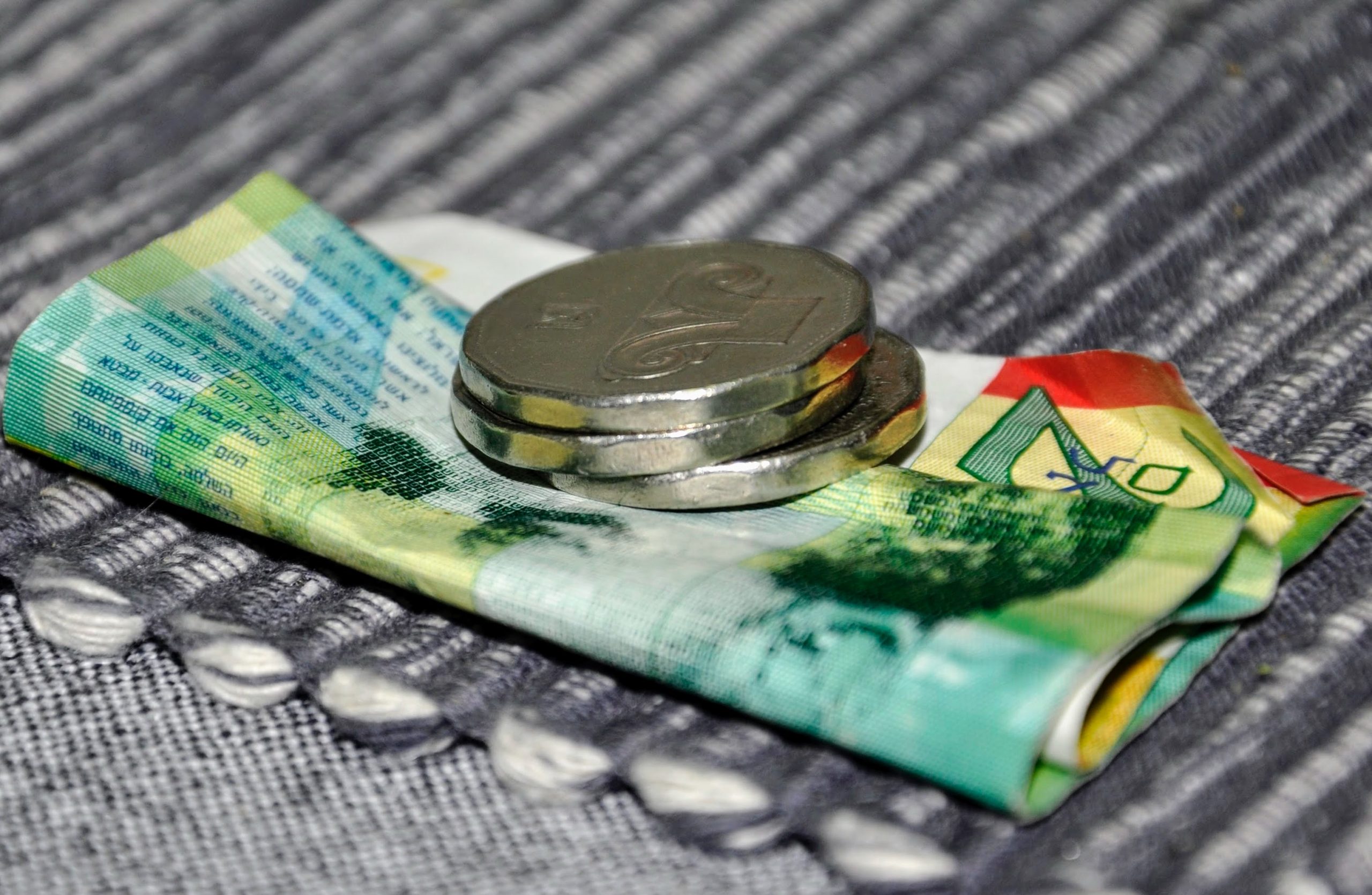
What is the currency in Peru?
The official currency of Peru is the Nuevo Sol (PEN). It was introduced in 1991 to replace the old Peruvian Inti. The Nuevo Sol is divided into 100 céntimos and is available in coins from 5, 10, 20, and 50 céntimos, and notes from 1, 2, 5, 10, 20, and 50 Nuevos Soles. Exchange rates are subject to change, so be sure to check the latest rates before exchanging your money.
When traveling in Peru, it is always a good idea to carry a combination of both cash and a debit or credit card. Credit cards are widely accepted in major tourist destinations, though it is recommended to carry cash as some areas may not accept cards. Money can be exchanged at banks, bureaux de change, or hotels. ATMs are also available in most cities and towns in Peru.
Always be aware of pickpocketing, especially in crowded areas.
4) What language is spoken in Peru?

What is the currency in Peru?
The official language of Peru is Spanish. However, many indigenous languages such as Aymara, Quechua, and Asháninka are spoken in certain parts of the country. In addition to Spanish, English is also commonly spoken in Peru’s major cities such as Lima, Cusco, and Arequipa.
In rural areas, however, English is not as widely spoken, so it’s a good idea to learn some basic Spanish if you plan to travel beyond Peru’s major cities.
5) How safe is Peru? – Questions About Peru
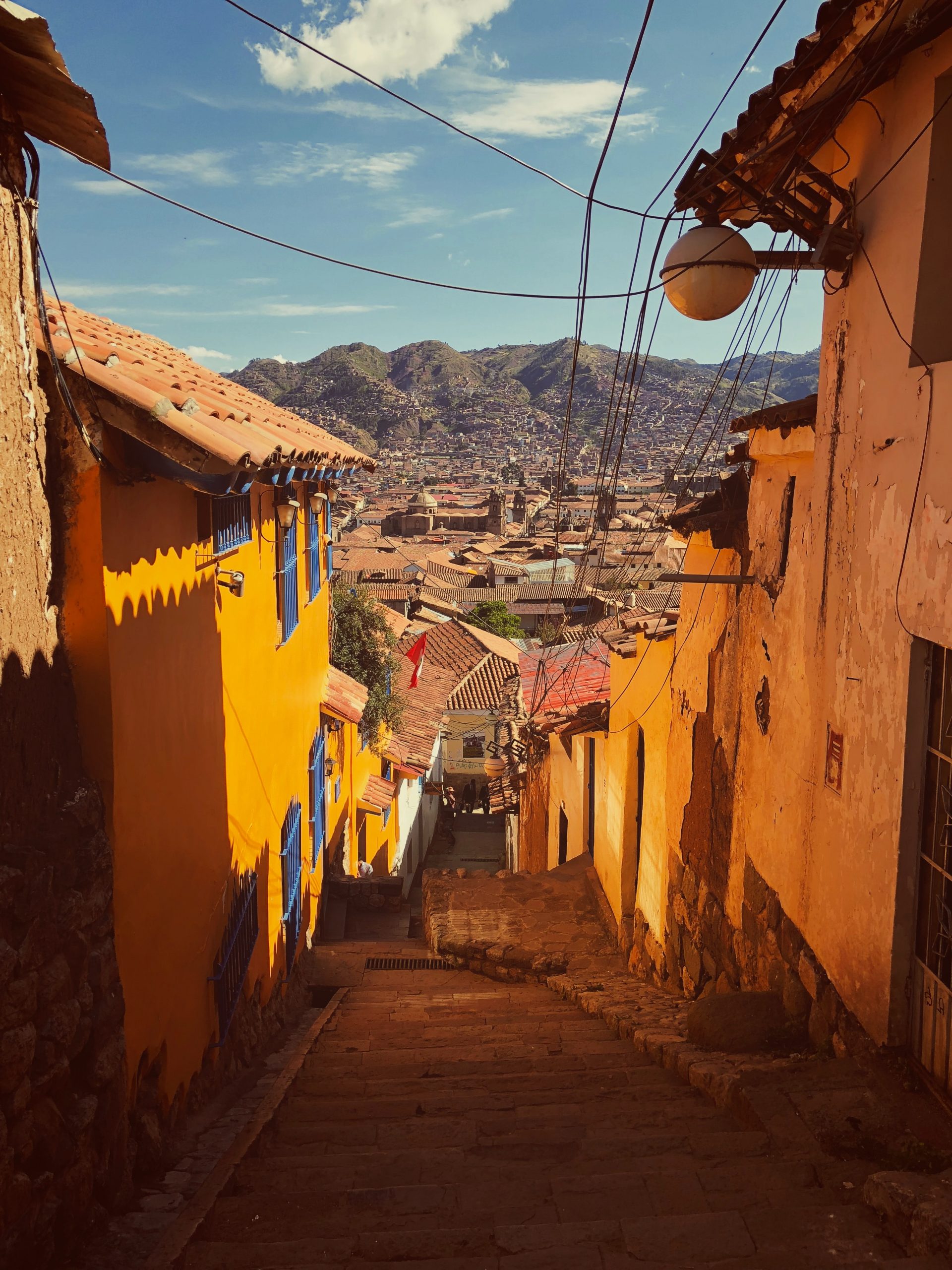
How safe is Peru?
Peru is generally considered to be a safe place to travel, although it is important to take some common sense precautions and be aware of your surroundings. Petty theft and pick-pocketing are not uncommon, so it’s important to keep your valuables safe and secure. The Peruvian police and military do a good job of keeping the population safe, but there are still areas where it’s best to exercise caution.
When visiting tourist sites, it’s best to stay in well-lit, populated areas and take taxis at night. Be sure to avoid walking alone in isolated areas or neighborhoods known for crime. It’s also a good idea to leave expensive jewelry and other valuables at home.
The most dangerous areas of Peru are the parts of the country close to the borders with Colombia and Brazil. These areas have drug trafficking and armed conflict, so it’s best to avoid these regions.
Overall, Peru is a safe country to visit and you can enjoy your trip without too much worry.
Just remember to take some basic safety precautions and use common sense.
6) What are the entry requirements for Peru? – Questions About Peru
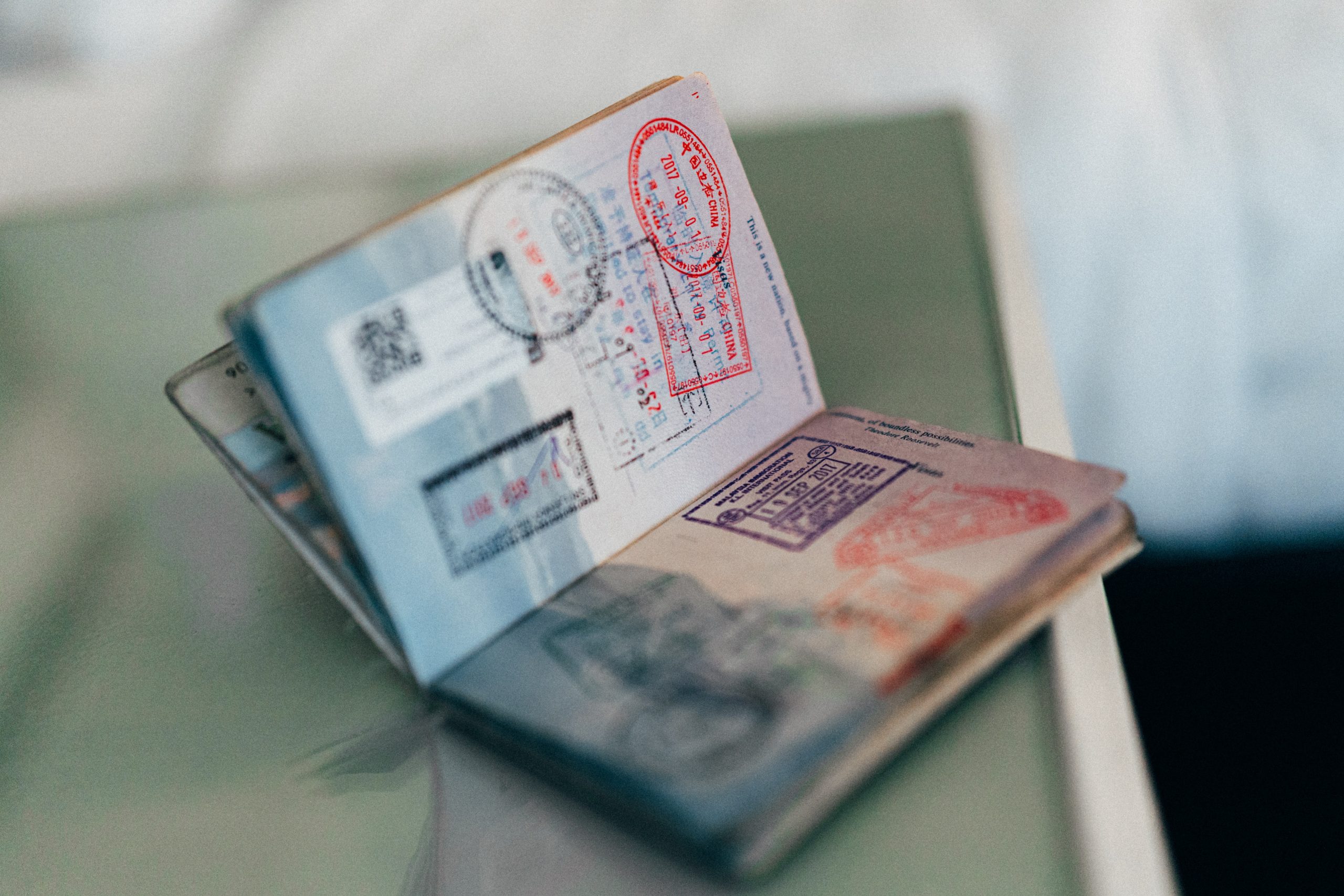
What are the entry requirements for Peru?
Travelers who wish to enter Peru must present a valid passport and a visa, depending on their country of origin. Most tourists from the United States, Canada, and the European Union do not require a visa for stays up to 183 days. Other travelers may need to acquire a visa from their local Peruvian Consulate before arriving in Peru.
In addition to a passport and visa, all travelers must present proof of onward or return travel and proof of sufficient funds to cover their expenses while in Peru. Tourists should also note that they must pass through Immigration and Customs upon arrival in Peru.
It is essential to check the validity of passports and visas ahead of time to ensure entry into Peru. The Peruvian government also requires that tourists remain within the limits of their tickets and stay within the permitted length of stay. Overstaying one’s visa can result in hefty fines and/or the inability to leave the country until the situation is resolved.
To avoid any hassles at immigration and customs, travelers should bring all necessary documents with them, including passports, visas, tickets, and proof of sufficient funds.
Additionally, it is always a good idea to keep a photocopy of important documents in case of loss or theft.
7) What is the climate like in Peru?
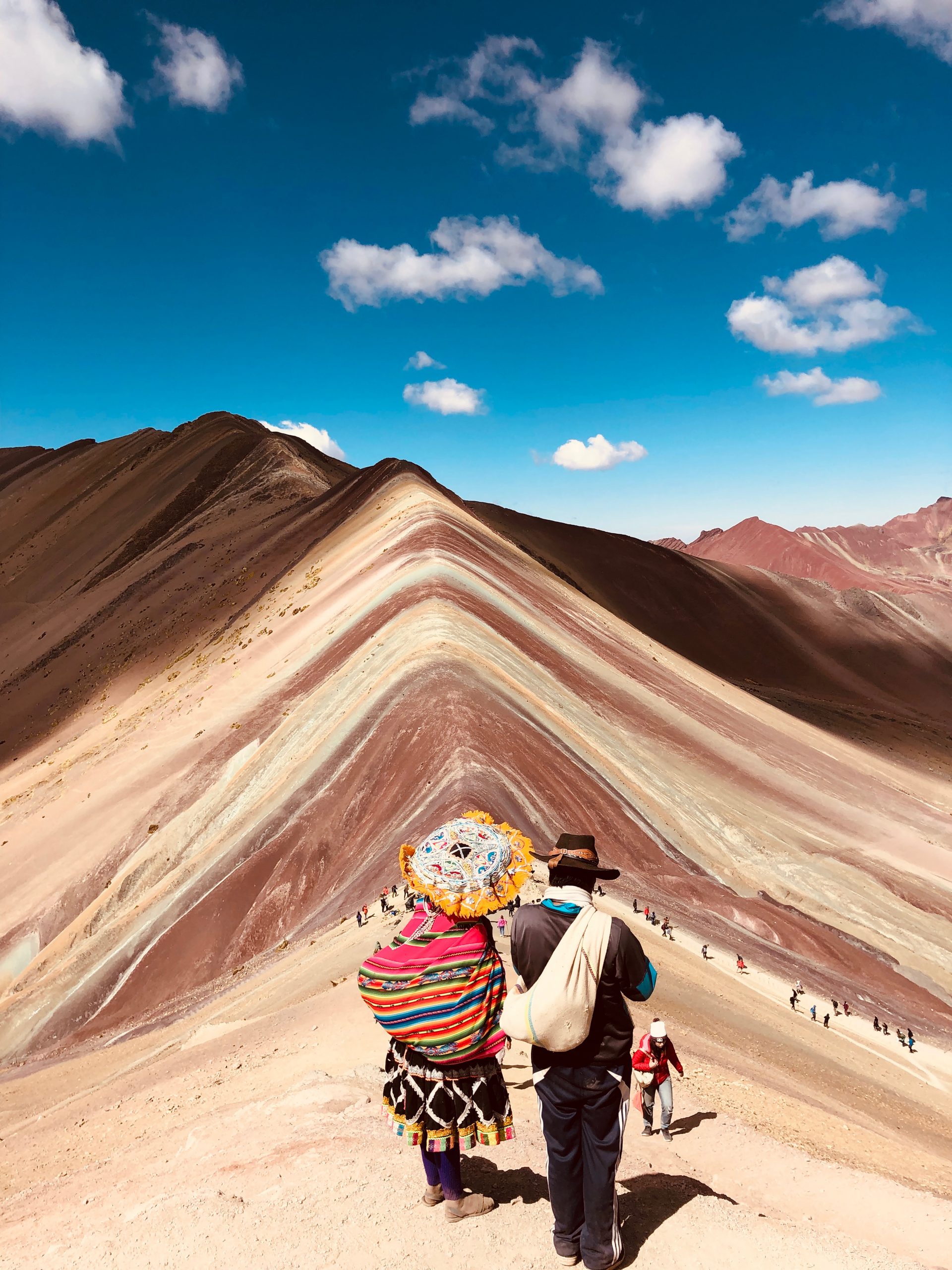
What is the climate like in Peru?
The climate in Peru is varied due to its size and topography. Generally, the country experiences a semi-arid climate in the coastal areas, while the inland areas have a subtropical highland climate. In the highlands, temperatures can range from 0°C in the morning to 25°C during the day. The rainy season in Peru is from December to March, with frequent showers and thunderstorms. In the coastal region, temperatures are mild and relatively constant throughout the year, with highs around 28°C and lows around 16°C. The coastal regions generally experience a dry season from May to October.
Regardless of where you are in Peru, the sun will be out most of the time, so don’t forget your sunscreen! Be sure to dress appropriately for your trip; warm clothing is necessary for cooler climates, and light clothing is best for warmer areas.
No matter what season you visit, Peru is sure to provide you with an enjoyable experience!
8) What is the electricity voltage in Peru?
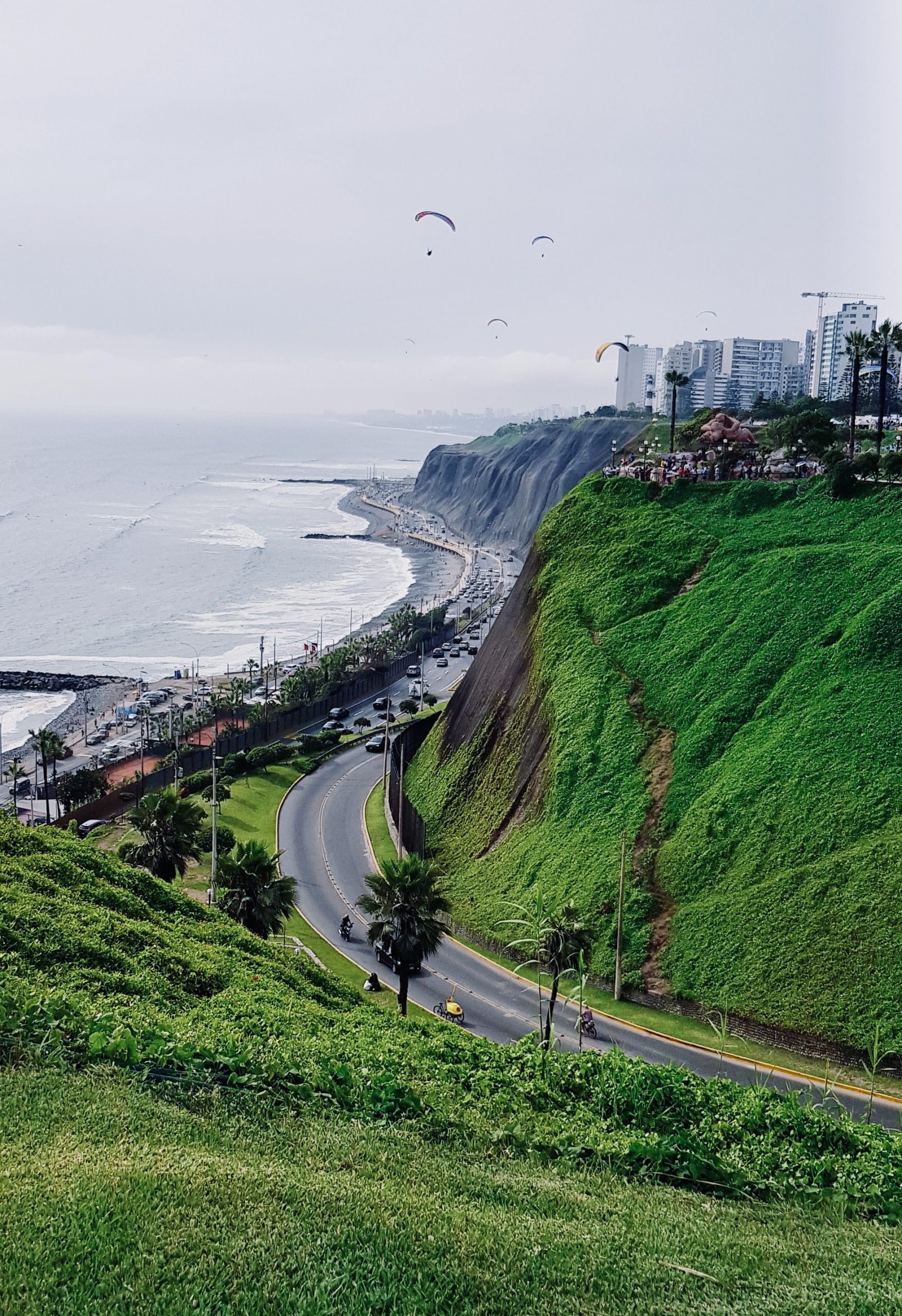
What is the electricity voltage in Peru?
The electricity voltage in Peru is 220V/60Hz, meaning that the voltage used in most outlets is 220V, with a frequency of 60 Hertz (cycles per second). In some cases, however, you may encounter outlets with 110V, so it’s best to check before plugging in. Many electronic devices, such as laptops and cell phones, are built to handle both types of voltage, but if your device is not compatible, you can purchase a step-down voltage converter or bring a travel adapter. It’s also important to be aware of any safety concerns when dealing with electric power.
If you’re unsure about the quality of the outlets, do not attempt to plug in your device.
9) What clothes should I pack for Peru? – Questions About Peru
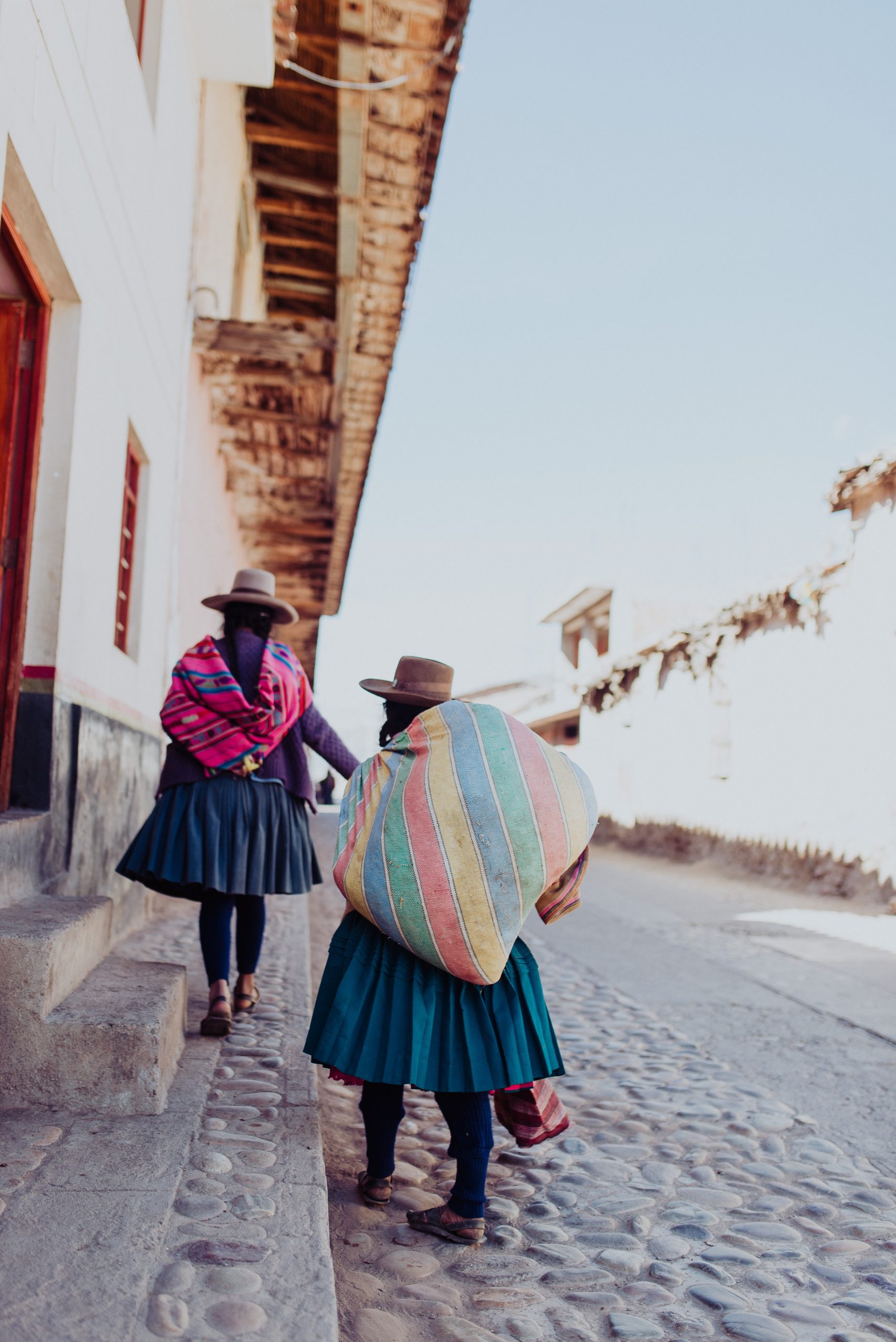
What clothes should I pack for Peru?
When packing for your trip to Peru, you’ll want to make sure you bring the right clothing to ensure you’re comfortable in all types of weather. The climate in Peru can be unpredictable, so it’s best to pack layers of clothing. A light jacket or sweater is a must for cooler evenings, and a good hat and sun protection is essential.
The clothing style in Peru is typically conservative, so when visiting rural areas it’s best to dress modestly. Women should opt for long skirts and pants, as well as tops that cover their shoulders and don’t show too much cleavage. Men should avoid wearing shorts, opting instead for pants and a collared shirt.
In terms of footwear, it’s wise to bring shoes that are comfortable and supportive, such as walking or hiking shoes. If you plan to do any outdoor activities or sightseeing, a good pair of shoes is essential. It’s also a good idea to bring a pair of sandals or flip-flops for the beach or hot days.
Overall, the key is to pack lightweight and breathable fabrics such as cotton and linen. Be sure to check the forecast before you leave home so you can bring the right clothing for the expected weather conditions.
With these tips in mind, you’ll be well-prepared to enjoy your time in Peru!
10) What are some things to do in Peru? – Questions About Peru

What are some things to do in Peru?
Peru has a lot of activities to offer, so no matter what your interests are, you’ll be sure to find something to do.
For outdoor lovers, Peru is a great destination for exploring the outdoors. Popular activities include trekking the Inca Trail, visiting Machu Picchu, rafting in the Colca Canyon, and biking in Cusco.
For cultural experiences, travelers can explore Lima’s historical sites and sample traditional Peruvian dishes. The colorful markets are also a great way to learn about Peruvian culture and buy unique souvenirs.
If you’re a fan of wildlife, there are plenty of amazing animal encounters in Peru. From parrot-watching tours in the Amazon rainforest to spot the majestic Andean condor at Colca Canyon, you can get up close and personal with the diverse wildlife of Peru.
Peru is also known for its archaeological sites. You can marvel at ancient ruins such as the Temple of the Sun in Cusco and the Sacsayhuaman fortress near Machu Picchu.
For more adrenaline-filled activities, head to the Peruvian coast to try sandboarding, surfing, and kayaking. Or explore Peru’s mountains and take on an adventure challenge like mountain biking, mountaineering, and canyoneering.
No matter what you decide to do in Peru, one thing is certain: you will be filled with lasting memories of this incredible destination.
If you’re looking for inspiration for your next trip to Peru or just want to keep up with what your friends are doing, then Framey is the perfect app for you. Framey offers a great way to see your friends’ holiday photos and better understand what to expect when you visit Peru. It’s easy to use and the photos will give you a great insight into what Peru has to offer.
With all these questions answered, you’re now ready to start planning your trip to Peru.
Don’t forget to use Framey to share your experiences with your friends and get inspired by their holiday photos!


